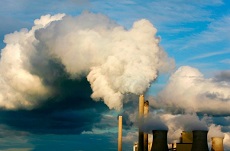The target should not be 1.5°C; rather we should aim for a safe climate. James Hansen told us in 2007 that to achieve a safe climate we need to bring GHG concentrations down to 350 ppm as soon as possible. That’s CO2 equivalent, not CO2. Current CO2e is not often quoted, but would be around 500 ppm on the basis that CO2 is about 80% of total GHGs. Also we need to focus on what we are doing to the planet over centuries and millennia, not just the next 50 to 100 years.
However, the IPCC team putting the report together were not asked what the goal should be. They were asked to build a scenario for achieving the 1.5°C warming limit specified as desirable in the Paris Agreement of 2015, and to look at the impacts of a 1.5°C world as against a 2°C world. Two Degrees came out of Europe in the 1990s, achieved a general currency, then became the official goal of at the Conference of Parties of the UNFCCC in Cancun in 2010. At that time there was a move mainly by many of the island states vulnerable it inundation for a more ambitious target. Essentially the whole group at Paris agreed to try.
However, while two degrees was commonly seen as a guardrail for a safe climate even by many scientist, it was never a scientifically derived goal for a safe climate.
The IPCC Special Report on 1.5°C is important because it shows that the path to 1.5°C has a high degree of difficulty and has implications which to most will not be acceptable. It’s importance is in changing the discourse, from being seen as an achievable safe guardrail to 1.5°C as difficult to achieve and far from safe. Continue reading IPCC on 1.5°C: the target is wrong, but we have a strong wake-up call →
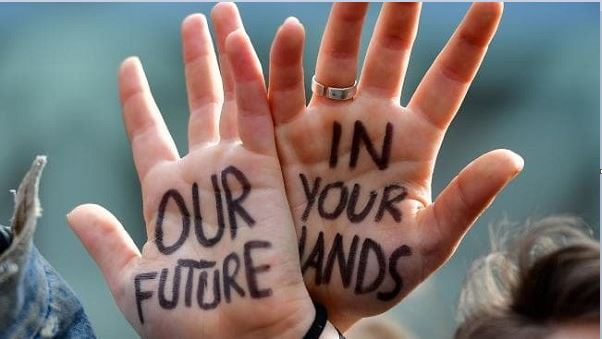

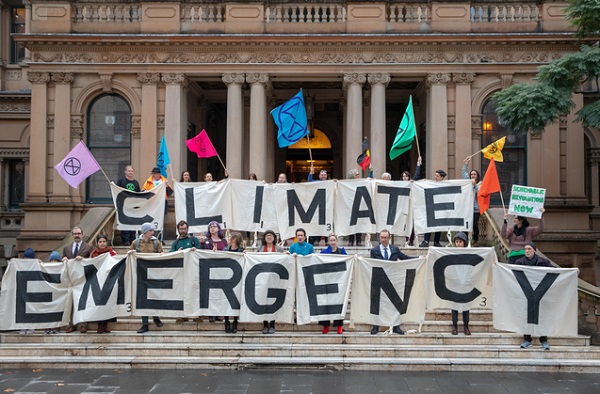
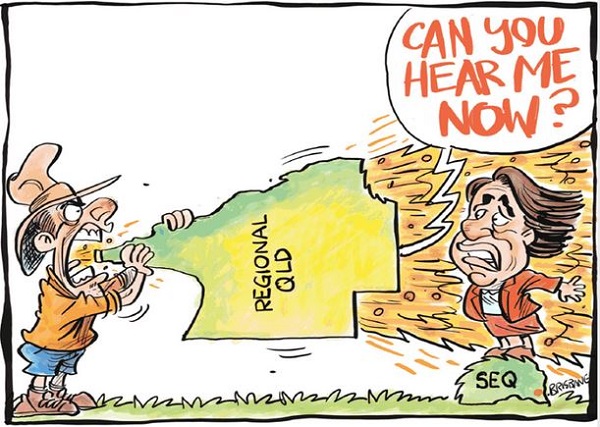

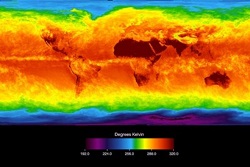
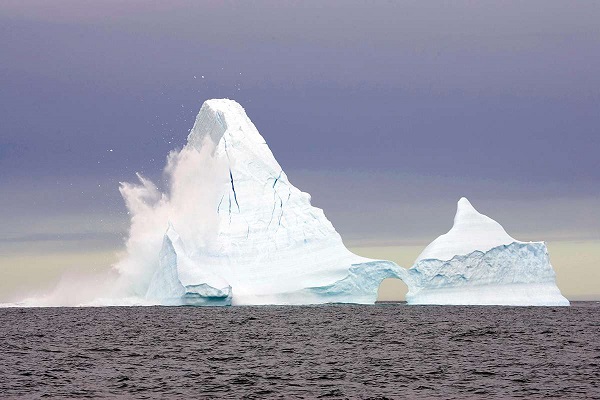
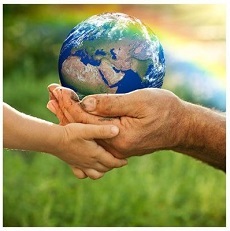

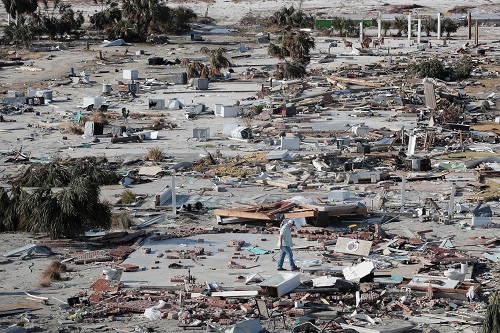
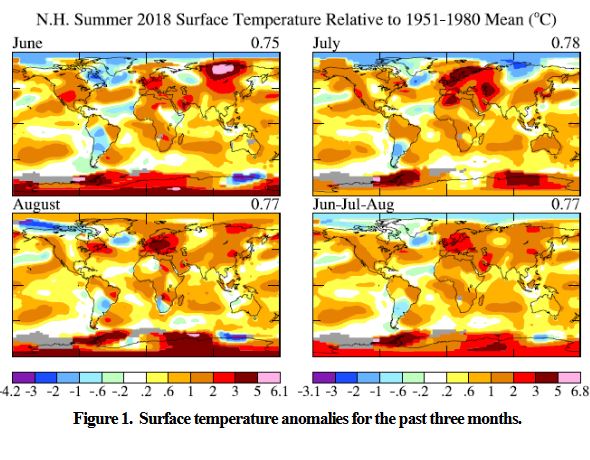
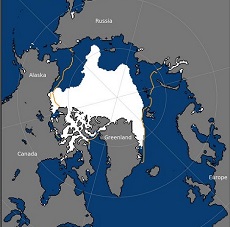 Arctic summer sea ice minimum was the
Arctic summer sea ice minimum was the 